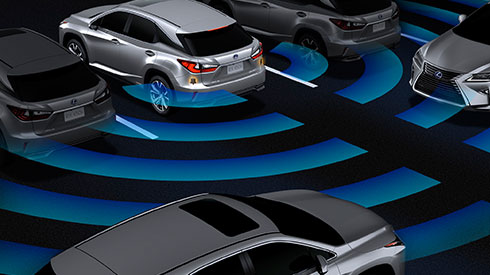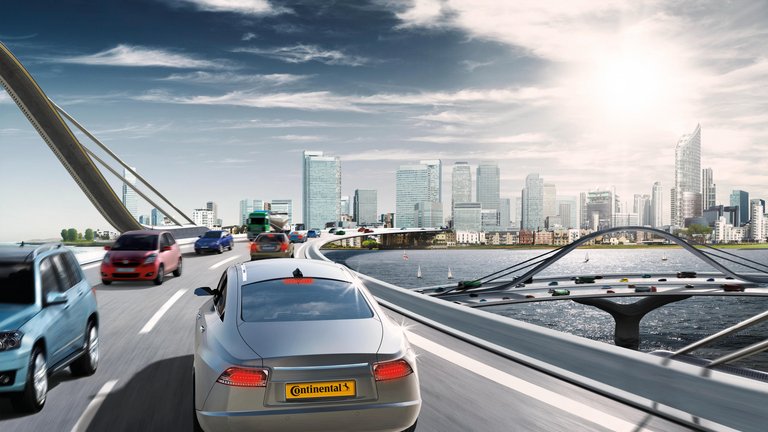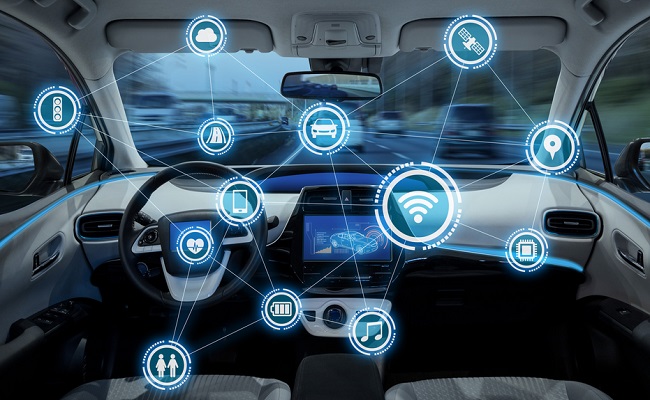Introduction: In today’s fast-paced world, the automotive industry continues to evolve, not only in terms of design and performance but also with a strong focus on ensuring the safety of drivers, passengers, and pedestrians. As technology advances, car manufacturers are investing heavily in groundbreaking safety features that have the potential to save lives and reduce the number of accidents on the road. In this blog, we will delve into some of the most innovative safety features in modern cars, exploring how they work and their impact on road safety.
Adaptive Cruise Control (ACC):
Adaptive Cruise Control is a revolutionary safety feature that enhances traditional cruise control systems. ACC uses sensors and cameras to maintain a safe distance between the vehicle and the one in front of it. The system automatically adjusts the car’s speed to match the flow of traffic, thereby reducing the risk of rear-end collisions and allowing for a smoother driving experience. This technology is particularly useful during highway driving and congested traffic situations, providing drivers with an added layer of confidence on the road.
Lane Departure Warning (LDW) and Lane Keeping Assist (LKA)
Lane Departure Warning systems use cameras to monitor the vehicle’s position within the lane. If the system detects any unintentional lane drift without using the turn signal, it alerts the driver through visual or auditory cues, prompting them to correct their course. On the other hand, Lane Keeping Assist takes it a step further by actively intervening in steering to keep the vehicle within the lane boundaries. These features help prevent accidents caused by driver distraction or drowsiness, making the roads safer for everyone.
Autonomous Emergency Braking (AEB):
Autonomous Emergency Braking, also known as AEB, is an advanced safety feature that significantly reduces the risk of forward collisions. Using radar and cameras, the system continuously monitors the road ahead for potential obstacles, such as other vehicles or pedestrians. If the driver fails to respond to an impending collision, AEB automatically applies the brakes to either prevent the accident or reduce its severity. This technology has proven to be highly effective in avoiding or mitigating accidents, making it a vital safety asset in modern vehicles.
Blind Spot Detection (BSD):
Changing lanes can be a risky maneuver, especially when drivers are unaware of vehicles in their blind spots. Blind Spot Detection systems utilize sensors to monitor the areas around the vehicle, including blind spots. When another vehicle is detected in a blind spot, the system alerts the driver through visual or auditory warnings, allowing them to make safer lane-changing decisions. BSD is an excellent aid in preventing lane-change-related accidents and reducing the potential for collisions.
Rear Cross-Traffic Alert (RCTA):

Navigating a busy parking lot can be a nerve-wracking experience, as it’s challenging to see approaching vehicles from the sides. Rear Cross-Traffic Alert addresses this concern by using sensors to detect approaching vehicles when the car is in reverse. If a vehicle is detected, RCTA warns the driver to prevent collisions with passing cars. This feature is particularly valuable in avoiding fender-benders and enhancing overall parking lot safety.
Tire Pressure Monitoring System (TPMS)
Properly inflated tires are crucial for maintaining vehicle stability and preventing blowouts, especially during high-speed driving. The Tire Pressure Monitoring System continually monitors tire pressure and alerts the driver if any tire falls below the recommended pressure level. By ensuring that tires are adequately inflated, TPMS contributes to better fuel efficiency, longer tire life, and ultimately, safer driving conditions.
Conclusion:
In conclusion, the automotive industry’s dedication to enhancing road safety has resulted in remarkable innovations that are making modern cars safer than ever before. From adaptive cruise control to tire pressure monitoring systems, these safety features work together to reduce accidents and save lives on the road. As technology continues to advance, we can expect even more sophisticated safety systems in future vehicles, further improving road safety and revolutionizing the driving experience for generations to come.
Stay informed about the latest safety technologies when purchasing your next car, and remember that responsible driving, combined with these innovative safety features, can make a significant difference in creating safer roads for everyone. Drive safely!




